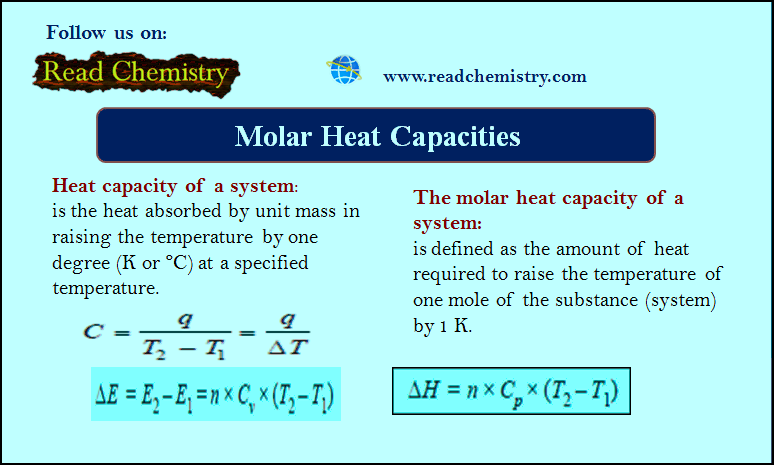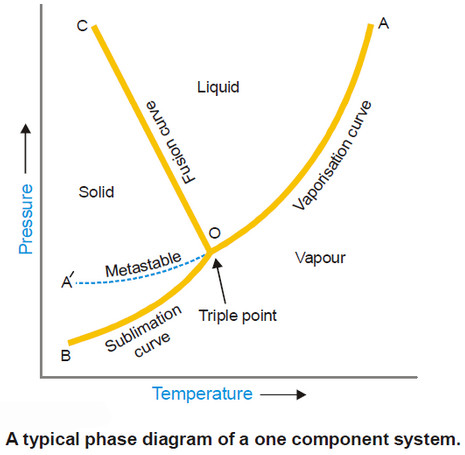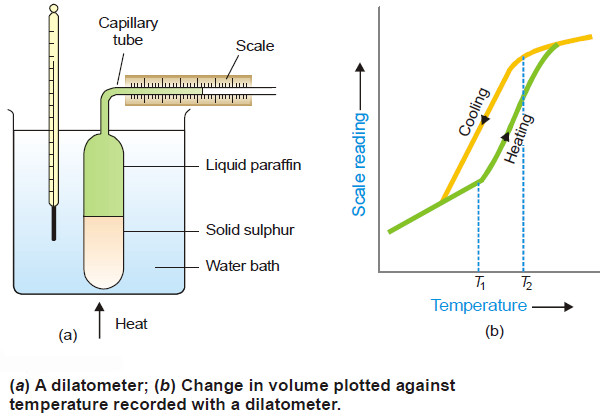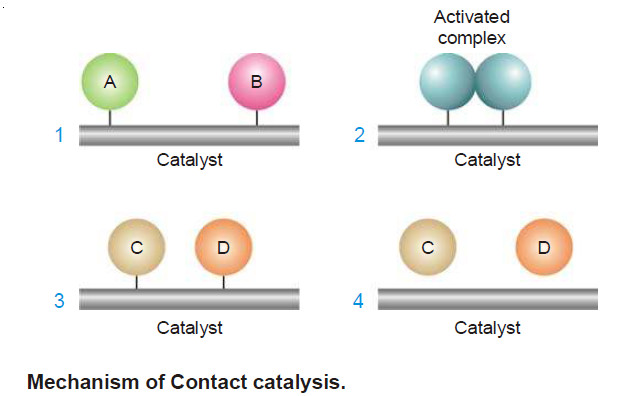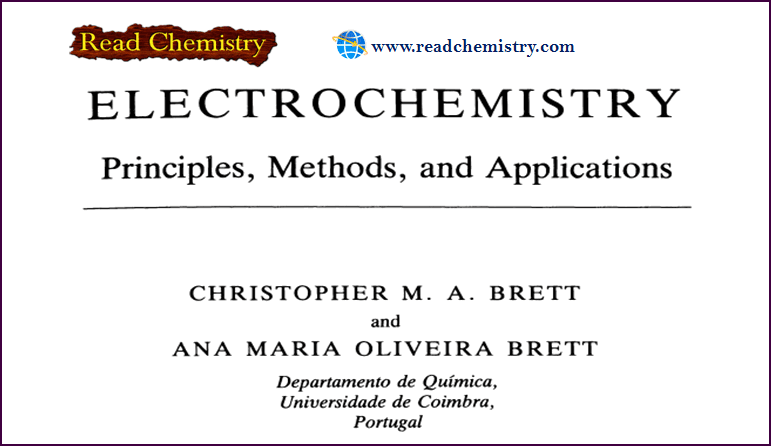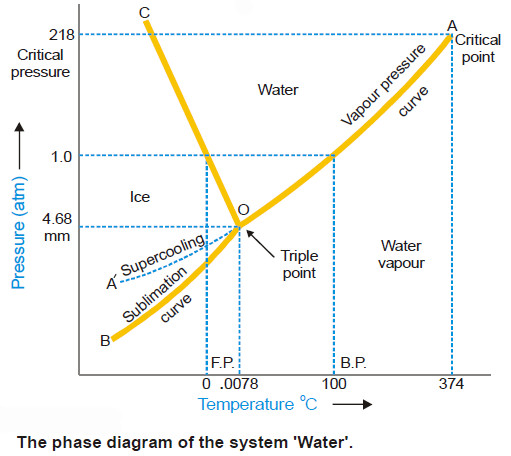Heat Capacity – Molar Heat Capacity
Molar Heat Capacity
– By heat capacity of a system, we mean the capacity to absorb heat and store energy.
– As the system absorbs heat, it goes into the kinetic motion of the atoms and molecules contained in the system.
– This increased kinetic energy raises the temperature of the system.
– If q calories is the heat absorbed by mass m and the temperature rises from T1 to T2, the heat capacity (c) is given by the expression:
– The heat capacity of a system is the heat absorbed by unit mass in raising the temperature by one degree (K or ºC) at a specified temperature.
– When the mass considered is 1 mole, the expression (1) can be written as:
where C is denoted as Molar heat capacity.
– The molar heat capacity of a system is defined as the amount of heat required to raise the temperature of one mole of the substance (system) by 1 K.
– Since the (C) varies with temperature; its true value will be given as:
where dq is a small quantity of heat absorbed by the system, producing a small temperature rise dT.
– The molar heat capacity: may be defined as the ratio of the amount of heat absorbed to the rise in temperature.
Units of Heat Capacity
– The usual units of the molar heat capacity are calories per degree per mole (cal K–1 mol–1), or joules per degree per mole (J K–1 mol–1), the latter being the SI unit.
– Heat is not a state function, neither is heat capacity.
– It is, therefore, necessary to specify the process by which the temperature is raised by one degree.
– The two important types of molar heat capacities are those :
(1) at constant volume
(2) at constant pressure.
Molar Heat Capacity at Constant Volume
– According to the first law of thermodynamics:
– Dividing both sides by dT, we have:
– At constant volume dV = 0, the equation reduces to:
– The heat capacity at constant volume: is defined as the rate of change of internal energy with temperature at constant volume.
Molar Heat Capacity at Constant Pressure
– Equation (2) above may be written as:
– We know:
– Differentiating this equation w.r.t T at constant pressure, we get:
– comparing it with equation (3) we have:
– The heat capacity at constant pressure is defined as the rate of change of enthalpy with temperature at constant pressure.
Relation Between Cp and Cv
– From the definitions, it is clear that two heat capacities are not equal and Cp is greater than Cv by a factor which is related to the work done.
– At a constant pressure part of heat absorbed by the system is used up in increasing the internal energy of the system and the other for doing work by the system.
– While at constant volume the whole of heat absorbed is utilised in increasing the temperature of the system as there is no work done by the system.
– Thus increase in temperature of the system would be lesser at constant pressure than at constant volume.
– Thus Cp is greater than Cv.
– We know:
– By definition:
H = E + PV for 1 mole of an ideal gas
PV = RT
H = E + RT
– Differentiating w.r.t. temperature, T, we get:
– By using equations (1) and (2):
– Thus Cp is greater than Cv by a gas constant whose value is 1.987 cal K–1 mol–1 or 8.314 J K–1mol–1 in S.I. units.
Calculation of ΔE and ΔH
(A) Calculation of ΔE
– For one mole of an ideal gas, we have:
– For a finite change, we have:
– and for n moles of an ideal gas, we get:
(B) Calculation of ΔH
– We know
– and for n moles of an ideal gas, we get:
Solved Problem
Problem (1): Calculate the value of ΔE and ΔH on heating 64.0 g of oxygen from 0ºC to 100ºC. Cv and Cp on average are 5.0 and 7.0 cal mol–1 degree–1.
Solution:
– We know
Problem (2): Calculate the amount of heat necessary to raise 213.5 g of water from 25º to 100ºC. The molar heat capacity of water is 18 cal mol–1K–1.
Solution:
– By definition
Problem (3): Three moles of an ideal gas (Cv = 5 cal deg–1mol–1) at 10.0 atm and 0º are converted to 2.0 atm at 50º. Find ΔE and ΔH for the change. R = 2 cal mol–1 deg–1
Solution:
Reference: Essentials of Physical Chemistry /Arun Bahl, B.S Bahl and G.D. Tuli / multicolour edition.

